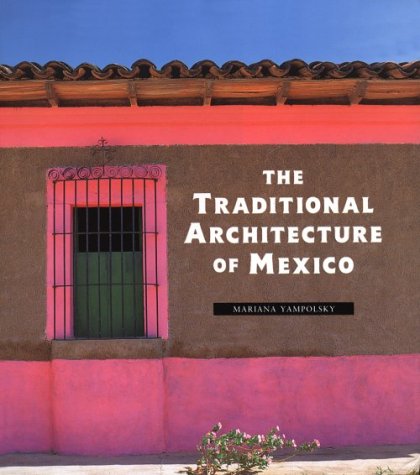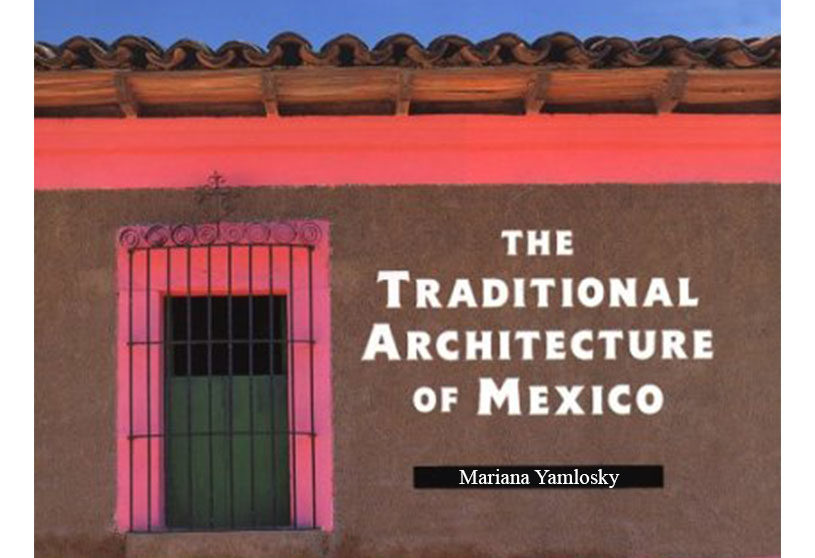About the Book
All over the world there is a reawakening of interest in local, traditional approaches to architecture. In Mexico, nearly five centuries after the Spanish Conquest, the descendants of the Aztec and the Maya may no longer build pyramids, but their rural dwellings reflect the past in other ways: perfectly adapted to their environment, they incorporate natural materials such as palm for thatching, wattle, stones, adobe bricks and wood. They include an astonishing variety of forms – round, square, rectangular – with roofs that can be conical or pyramidal. In larger villages and mestizo towns, rooms are often grouped around an inner courtyard; eye-catching facades are painted in vibrant colors. A quite different kind of tradition is found in the rural haciendas, long past their Golden Age but now finding new patrons keen to restore or recreate them and their designs. In the 19th century especially, Gothic pointed arches, medieval battlements and Moorish minarets were transposed to Mexican landscapes of agave and prickly pear. Luxuriant gardens, tiles from England and statues from Paris completed the picture. Almost totally self-sufficient, haciendas were the economic backbone of rural Mexico from Conquest to Revolution. With the aid of plans and other historical illustrations, Chloe Sayer traces the story of traditional building and defines in detail the characteristics of architecture both private and public, rural and urban, Indian and colonial. Mariana Yampolsky’s glorious photographs represent the summation of a lifetime’s work. This is one of those rare books that is both informed and inspirational. The result is also timely: many trained architects are now incorporating natural materials into their buildings and drawing inspiration from popular dwellings. Ironically, the Mexican countryside is itself experiencing a shift towards “modern” materials and forms: these pages are the last record of centuries of tradition.

You can purchase the book here.
